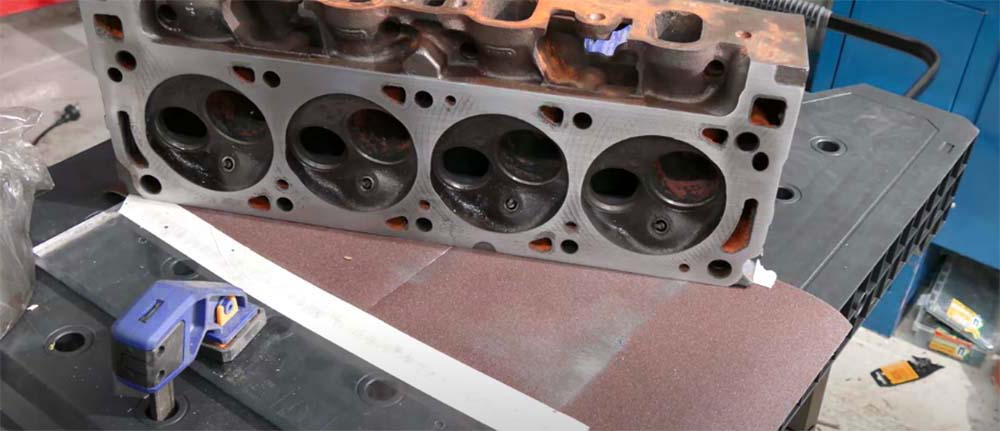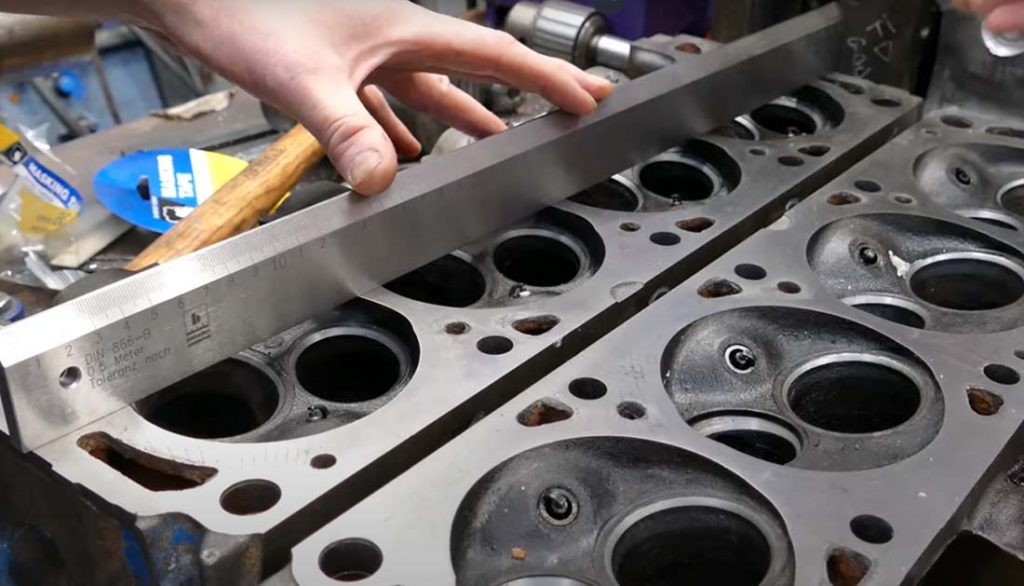Cylinder head resurfacing is a critical maintenance procedure that directly impacts the efficiency and longevity of an engine. Over time, factors such as overheating, pressure fluctuations, and regular wear and tear can cause the cylinder head to warp. This warping can lead to a compromised seal between the cylinder head and the engine block, potentially leading to engine damage. Resurfacing the cylinder head ensures that it is perfectly flat, allowing for optimal sealing and engine performance. This guide aims to provide a step-by-step approach to help both novices and experienced mechanics effectively resurface cylinder heads.
Necessary Tools and Materials
To begin the resurfacing process, you will need to gather the right tools and materials. The accuracy of this task is paramount, and as such, having quality tools at your disposal cannot be overstated. Here’s a list of essential items:
- A high-quality straight edge or machinist’s straight edge
- Feeler gauges for measuring gaps
- Masking tape for securing materials
- Dykem blue/Machinist’s blue (optional) for marking
- A thick, flat sheet of glass as a working surface
- Various grits of sandpaper, starting from coarser to finer grades
Having these tools and materials ready before you start will streamline the process, ensuring that you can work efficiently and effectively.
Preparing the Cylinder Head
The preparation phase is crucial for the successful resurfacing of a cylinder head. Begin by thoroughly cleaning the cylinder head to remove all forms of contaminants such as oil, grease, and carbon deposits. Inspect the head for any signs of damage like cracks or excessive wear. Such damages might require professional attention before proceeding. Removing any components that could interfere with the resurfacing process, like the valves, is also necessary. This step ensures that the surface of the cylinder head is adequately prepared for a uniform resurfacing process.

The Resurfacing Process
The resurfacing process involves several meticulous steps to ensure the cylinder head is perfectly flat and ready for installation. Follow these steps for a successful resurfacing:
- Surface Assessment: Using the straight edge and feeler gauges, assess the flatness of the cylinder head. Any deviation from flatness indicates the need for resurfacing.
- Workspace Preparation: Ensure the glass surface is clean, level, and larger than the cylinder head to prevent uneven wear. The glass should also be supported by a sturdy, flat surface.
- Sandpaper Setup: Choose the correct sandpaper grit based on the cylinder head material and the desired finish. Attach the sandpaper to the glass using spray adhesive, ensuring it lies flat without any wrinkles or bubbles.
- Resurfacing: Carefully place the cylinder head on the sandpaper and move it in a cross-hatch pattern to promote even material removal. Begin with a coarser grit to eliminate major imperfections, gradually moving to finer grits to achieve a smooth finish. Regularly clean the surface and inspect your progress to avoid over-sanding.
Aftercare and Reassembly
Once the resurfacing is complete, a thorough cleaning of the cylinder head is necessary to remove any residual abrasive materials. When reassembling the engine, it’s crucial to use a new head gasket to ensure a perfect seal. Torque the head bolts to the manufacturer’s specifications, following the recommended pattern to prevent warping. Proper aftercare ensures that the resurfacing efforts contribute to the engine’s optimal performance and durability.
Conclusion
Resurfacing a cylinder head is a detailed process that, when done correctly, can significantly enhance the performance and lifespan of an engine. By following the steps outlined in this guide and using the right tools and techniques, you can ensure a successful resurfacing job. Whether you’re an experienced mechanic or a dedicated DIY enthusiast, understanding how to resurface a cylinder head is a valuable skill that can save time and money while ensuring your vehicle runs smoothly. This detailed guide should help you grasp the full scope of the resurfacing process, from preparation through to the final steps of reassembly, ensuring you have all the information needed to tackle this task confidently.

